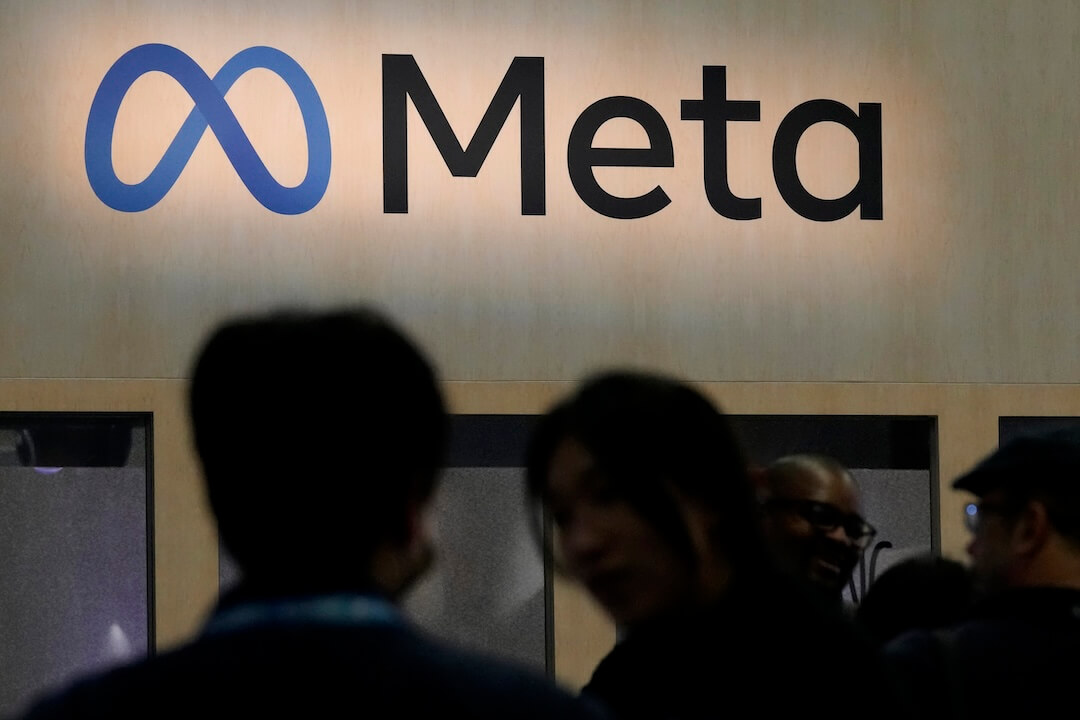Sorting through a daily flood of information to find news can present quite a challenge. Information can appear in print, on a website, in an audio or video package or on social media. Investigative reports, entertainment, propaganda and advertising can be presented in feature-length films.
Here are some ways to put information into meaningful categories that will help you make sense of what you read, watch and hear.
- News: Information gathered by journalists that can be verified by reliable, authoritative and independent sources.
- Propaganda: Information generated by government or political movements using manipulation and deception in order to garner support or trigger action.
- Advertising: Information generated by advertising agencies to sell products and services.
- Publicity: Information distributed by public relations companies to enhance the image of an individual or company.
- Entertainment: Information intended to create alternative realities, amuse and generate revenue.
- Raw information: Information distributed from one party to another without editorial filters or verification.
Taken from News Literacy Primer: How to Evaluate Information, a self-directed course by Pam Hogle at Poynter NewsU.
Have you missed a Coffee Break Course? Here’s our complete lineup. Or follow along on Twitter at #coffeebreakcourse.







